Tired of Fad Diets? Transform Your Eating Habits with this 1 Month Diet Plan for Weight Loss
Discover a healthier way to lose weight with this 1 month diet plan for weight loss. Enjoy real food, simple steps, and lasting results.
Tired of fad diets that promise fast results but leave you feeling drained? You’re not alone. Many people jump from one trendy plan to another, only to find themselves back at square one, frustrated and confused about what really works.
But what if weight loss didn’t have to feel like a punishment? Imagine eating the foods you love, making small changes every day, and watching your body respond in a way that feels natural.
That’s where a 1 month diet plan for weight loss comes in — not as a quick fix, but as a guide to help you build habits that stick.
In this article, you’ll discover how this plan can transform your eating habits without making you give up on taste or enjoyment. By the end, you’ll have a clear roadmap that makes weight loss simple, healthy, and sustainable — and yes, a sample plan you can follow right away.
What Is a Healthy Diet Plan and Can You Loose Weight Without It?
:max_bytes(150000):strip_icc()/VWFit-Meal-Plan-Journey-1-Week-Healthy-and-Balance-Meal-Plan-6ee43578918947a4b687922d614f2be3.jpg)
A healthy diet plan is not about eating less, it is about eating right. It builds good lifestyle habits and keeps body weight in check.
A balanced diet includes whole grains, healthy fats, and protein rich foods. Adding brown rice, boiled vegetables, olive oil, sweet potatoes, and healthy foods like fruits gives more fiber and health benefits.
-
A good weight loss diet avoids sugary drinks, refined grains, and processed foods.
-
Portion control, portion sizes, and smart food choices make a big difference.
-
Drinking water, lemon juice, and a regular sleep schedule also support a healthy lifestyle.
You can lose weight without a restrictive diet, but a plan makes the weight loss journey easier. Counting calories, tracking calorie intake and calorie consumption, and adding physical activity such as cardio exercises or regular physical activity help you lose weight effectively.
-
Regular meals with quick lunch options fit into a daily routine.
-
Low fat diets and low fat meals can help reduce excess weight and body fat.
-
A registered dietitian can guide you if you want to gain weight or lose 10 kg safely.
With the right weight loss plans, an Indian diet plan, and healthy eating, you can set weight loss goals, boost metabolism, and move toward a healthy weight.
The Role of Healthy Foods in Weight Management
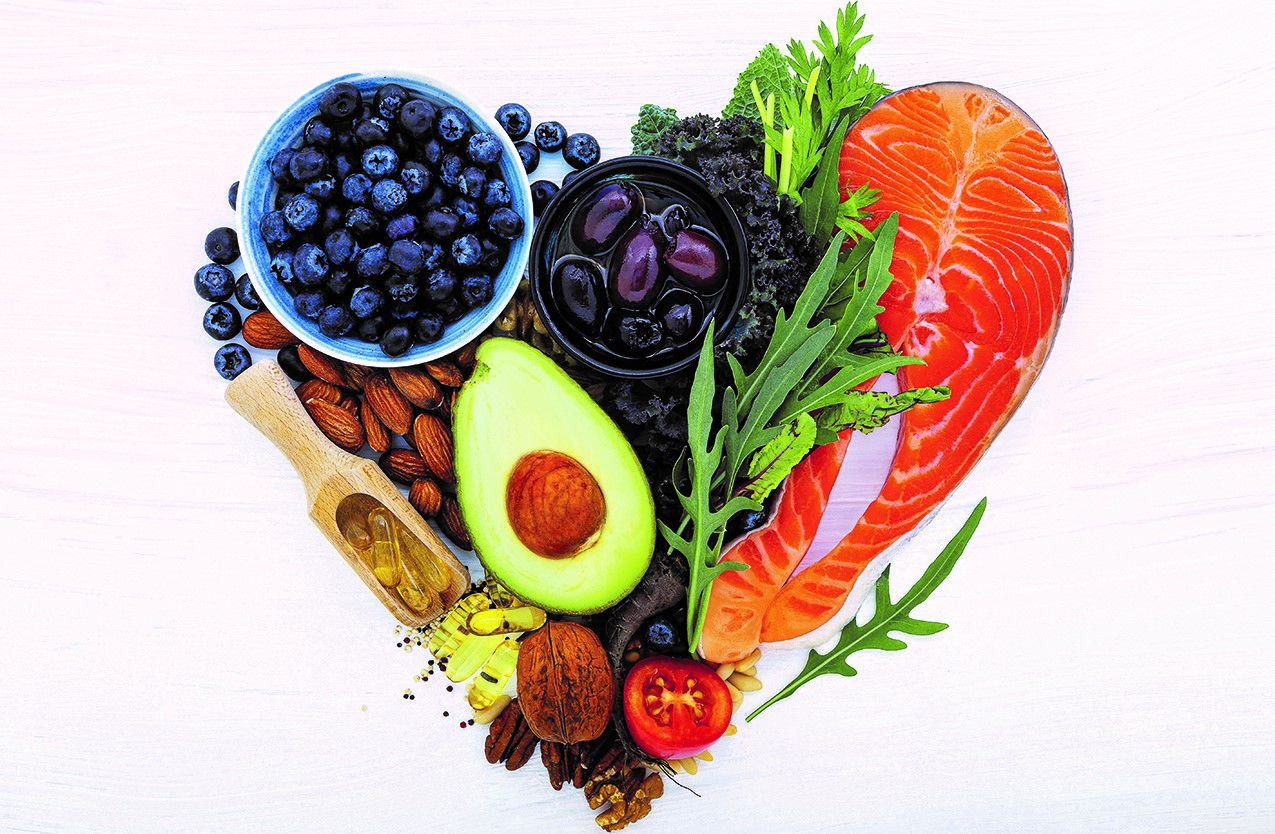
Healthy foods are the base of any balanced diet and play a big role in reaching or keeping a healthy weight. They give your body energy, reduce health risks, and make your weight loss journey more effective.
1. Provide Essential Nutrients for a Healthy Weight
To lose weight effectively or maintain a healthy weight, the body needs the right mix of protein rich foods, whole grains, and healthy fats. These foods keep body weight stable while giving more fiber, vitamins, and minerals for better health benefits.
-
Brown rice, whole wheat, and sweet potatoes are rich in more fiber.
-
Olive oil, nuts, and seeds add healthy fats that support a healthy lifestyle.
-
Boiled vegetables and fruits provide nutrients without extra calories.
A diet plan that includes these food choices is easier to follow long term than a restrictive diet. It can help you lose weight without harming your daily routine or lifestyle habits.
2. Regulate Blood Sugar Levels
Eating healthy foods also helps regulate blood sugar and blood pressure. This lowers the risk of heart disease and cardiovascular disease. Choosing whole grains over refined grains and limiting sugary drinks and processed foods makes a big difference.
-
A weight loss diet should replace white rice with brown rice or whole wheat.
-
Portion control and proper portion sizes help avoid rapid weight loss or weight gain.
-
Drinking water and lemon juice instead of sugary drinks supports better health conditions.
This approach not only helps you lose weight effectively but also supports fat loss, reduces belly fat, and protects against high blood pressure.
3. Support Healthy Eating Habits
A weight loss journey works best when food choices create healthy eating habits. Adding meals with protein rich foods and low fat diets helps control calorie consumption while giving lasting energy.
-
Quick lunch options with boiled vegetables, olive oil, or whole grains fit into a daily routine.
-
Healthy foods also boost metabolism, which burns calories and supports fat loss.
-
Regular sleep schedule, regular physical activity, and cardio exercises improve results.
This style of eating helps you set weight loss goals, stick to weight loss plans, and avoid excess weight or body fat.
4. Help Maintain Balanced Blood Pressure
Healthy foods reduce extra calories and improve blood pressure levels. A balanced diet with low fat meals, whole grains, and boiled vegetables lowers the chance of cardiovascular disease.
-
Portion control helps reduce more calories and supports healthy lifestyle changes.
-
Cutting processed foods and refined grains supports fat loss.
-
Regular meals and drinking water play a role in keeping a healthy weight.
With these simple diet steps, you can help you lose weight and also avoid health conditions like heart disease.
5. Practice Counting Calories and Prevent Overeating
Counting calories is a useful way to manage calorie intake and prevent overeating. It helps track how much weight you can expect to lose with a weight loss diet.
-
Portion sizes and calorie consumption are key in any 1 month diet plan for weight loss.
-
Eating protein rich foods and whole grains gives energy without extra calories.
-
Cardio exercises, physical activity, and regular physical activity burn calories and improve results.
By focusing on balanced meals, portion control, and better food choices, you can create weight loss plans that fit your lifestyle habits and diet goals.
If you need special advice, seek advice from a registered dietitian to design an Indian diet plan that works for your health conditions and weight loss goals.
Want ready-to-use healthy food ideas? Explore Balance Bite for simple, tasty options that keep your diet plan on track
A Practical 1-Month Diet Plan You Can Actually Follow
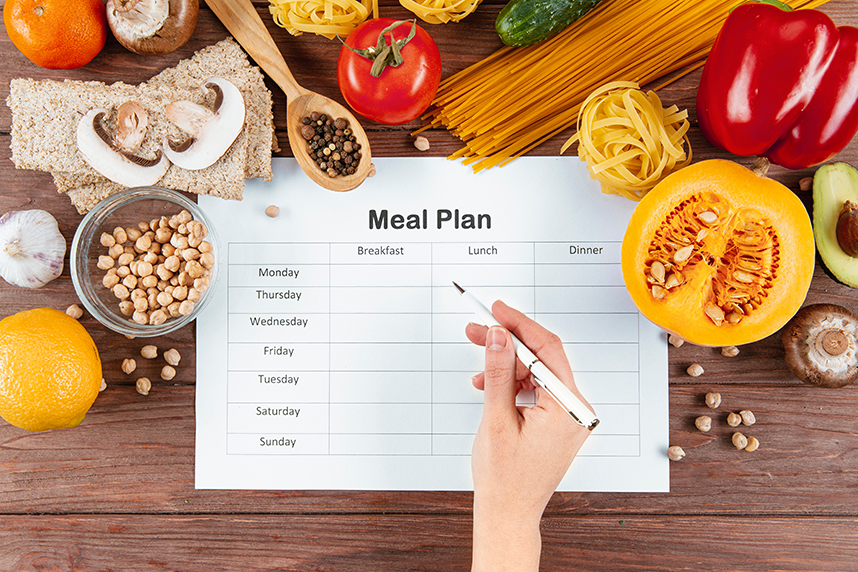
A 1 month diet plan for weight loss works best when it is easy to follow and fits into your daily routine. This simple plan offers veg, non-veg, and vegan options so you can choose what works for your lifestyle.
Day 1
Veg Diet Plan
-
Breakfast: Warm lemon water, 4 soaked almonds, 1 bowl of boiled vegetables with brown rice or whole wheat toast.
-
Mid-morning snack: A small bowl of fruit salad.
-
Lunch: 1 cup brown rice, dal, 1 bowl mixed vegetable curry, salad, and curd.
-
Evening snack: Roasted chickpeas or sweet potatoes with green tea.
-
Dinner: 2 whole wheat chapatis, paneer curry, and steamed vegetables.
Non-Veg Diet Plan
-
Breakfast: Warm lemon juice, 4 soaked almonds, 1 boiled egg.
-
Mid-morning snack: An apple or papaya slices.
-
Lunch: 1 cup brown rice, grilled chicken breast, dal, and boiled vegetables.
-
Evening snack: 1 boiled egg or roasted chicken pieces with green tea.
-
Dinner: 2 whole wheat chapatis, fish curry or chicken curry, and a side of salad.
Vegan Diet Plan
-
Breakfast: Warm lemon water, 5 soaked walnuts, and a small bowl of sprouts.
-
Mid-morning snack: A fruit bowl with seasonal fruits.
-
Lunch: 1 cup quinoa or brown rice, dal, stir-fried vegetables, and salad.
-
Evening snack: Roasted chickpeas or boiled sweet potatoes with green tea.
-
Dinner: 2 whole wheat chapatis, tofu curry, and steamed vegetables.
Day 2
Veg Diet Plan
-
Breakfast: Vegetable upma with a glass of toned milk.
-
Mid-morning snack: Handful of roasted peanuts.
-
Lunch: 2 whole wheat chapatis, mixed dal, spinach curry, and salad.
-
Evening snack: Buttermilk with roasted chickpeas.
-
Dinner: Vegetable pulao with raita.
Non-Veg Diet Plan
-
Breakfast: 2 boiled eggs with whole wheat toast.
-
Mid-morning snack: A banana or apple.
-
Lunch: Grilled fish with 1 cup brown rice, dal, and boiled vegetables.
-
Evening snack: Roasted chicken breast with green tea.
-
Dinner: 2 chapatis, chicken curry, and salad.
Vegan Diet Plan
-
Breakfast: Oats porridge with almond milk, chia seeds, and dates.
-
Mid-morning snack: Fruit smoothie with soy milk.
-
Lunch: Quinoa with lentil curry, stir-fried vegetables, and salad.
-
Evening snack: Roasted peanuts with herbal tea.
-
Dinner: 2 chapatis with tofu bhurji and steamed broccoli.
Day 3
Veg Diet Plan
-
Breakfast: Poha with peanuts and a glass of toned milk.
-
Mid-morning snack: A small fruit bowl.
-
Lunch: Brown rice, rajma curry, and salad.
-
Evening snack: Sprouts chaat with lemon juice.
-
Dinner: 2 chapatis, mixed vegetable curry, and curd.
Non-Veg Diet Plan
-
Breakfast: Omelet with onions, tomatoes, and spinach + whole wheat toast.
-
Mid-morning snack: 1 boiled egg and fruit slices.
-
Lunch: Grilled chicken with 1 cup brown rice, dal, and vegetables.
-
Evening snack: Boiled egg whites with green tea.
-
Dinner: 2 chapatis, egg curry, and salad.
Vegan Diet Plan
-
Breakfast: Poha cooked with vegetables and lemon juice.
-
Mid-morning snack: Coconut water and a banana.
-
Lunch: Brown rice with chana dal, vegetable curry, and salad.
-
Evening snack: Sprouts salad with lemon juice.
-
Dinner: 2 chapatis, tofu curry, and stir-fried spinach.
Day 4
Veg Diet Plan
-
Breakfast: Vegetable paratha with curd.
-
Mid-morning snack: A fruit bowl.
-
Lunch: 1 cup brown rice, dal, bhindi curry, and salad.
-
Evening snack: Roasted chickpeas with green tea.
-
Dinner: 2 chapatis with paneer curry.
Non-Veg Diet Plan
-
Breakfast: 2 boiled eggs with multigrain toast.
-
Mid-morning snack: A handful of nuts.
-
Lunch: Fish curry with brown rice and salad.
-
Evening snack: Grilled chicken skewers.
-
Dinner: 2 chapatis with egg curry and stir-fried vegetables.
Vegan Diet Plan
-
Breakfast: Vegetable paratha with soy curd.
-
Mid-morning snack: Seasonal fruits.
-
Lunch: Quinoa with dal, vegetable curry, and salad.
-
Evening snack: Roasted peanuts with green tea.
-
Dinner: 2 chapatis with tofu curry and steamed beans.
Day 5
Veg Diet Plan
-
Breakfast: Idli with sambhar and coconut chutney.
-
Mid-morning snack: A handful of dry fruits.
-
Lunch: 1 cup brown rice, dal, cabbage curry, and salad.
-
Evening snack: Buttermilk and roasted chickpeas.
-
Dinner: 2 chapatis with vegetable korma.
Non-Veg Diet Plan
-
Breakfast: Scrambled eggs with whole wheat toast.
-
Mid-morning snack: A banana or papaya.
-
Lunch: Brown rice with chicken curry, dal, and salad.
-
Evening snack: Grilled fish cubes with green tea.
-
Dinner: 2 chapatis with chicken curry.
Vegan Diet Plan
-
Breakfast: Idli with sambhar and coconut chutney (no ghee).
-
Mid-morning snack: A handful of walnuts and almonds.
-
Lunch: Brown rice with lentil curry and stir-fried vegetables.
-
Evening snack: Soy milk smoothie.
-
Dinner: 2 chapatis with tofu curry.
Day 6
Veg Diet Plan
-
Breakfast: Dalia with milk and fruits.
-
Mid-morning snack: Roasted peanuts.
-
Lunch: 2 chapatis with dal, spinach curry, and salad.
-
Evening snack: Sprouts salad with lemon juice.
-
Dinner: Brown rice with mixed vegetable curry.
Non-Veg Diet Plan
-
Breakfast: Boiled eggs with multigrain toast.
-
Mid-morning snack: An apple or orange.
-
Lunch: Grilled chicken with 2 chapatis, dal, and salad.
-
Evening snack: Egg whites with green tea.
-
Dinner: Brown rice with fish curry.
Vegan Diet Plan
-
Breakfast: Dalia with almond milk and fruits.
-
Mid-morning snack: Fruit salad.
-
Lunch: 2 chapatis with dal, vegetable curry, and salad.
-
Evening snack: Roasted chickpeas with herbal tea.
-
Dinner: Brown rice with tofu curry.
Day 7
Veg Diet Plan
-
Breakfast: Vegetable poha with curd.
-
Mid-morning snack: A small fruit bowl.
-
Lunch: 1 cup brown rice, dal, and cauliflower curry.
-
Evening snack: Buttermilk with roasted peanuts.
-
Dinner: 2 chapatis with paneer curry.
Non-Veg Diet Plan
-
Breakfast: Omelet with spinach and onions + whole wheat toast.
-
Mid-morning snack: A boiled egg and fruit.
-
Lunch: Brown rice with chicken curry, dal, and vegetables.
-
Evening snack: Grilled fish with green tea.
-
Dinner: 2 chapatis with egg curry and salad.
Vegan Diet Plan
-
Breakfast: Vegetable poha with lemon juice.
-
Mid-morning snack: Coconut water with a handful of nuts.
-
Lunch: Brown rice with dal, vegetable curry, and salad.
-
Evening snack: Roasted chickpeas with green tea.
-
Dinner: 2 chapatis with tofu curry and stir-fried beans.
You can now follow this exact plan for the rest of the month.
Not sure what to cook each day? Check out Balance Bite for meal inspiration that fits your 1-month diet plan
10 Steps to Stick to a 1-Month Indian Diet Plan Successfully
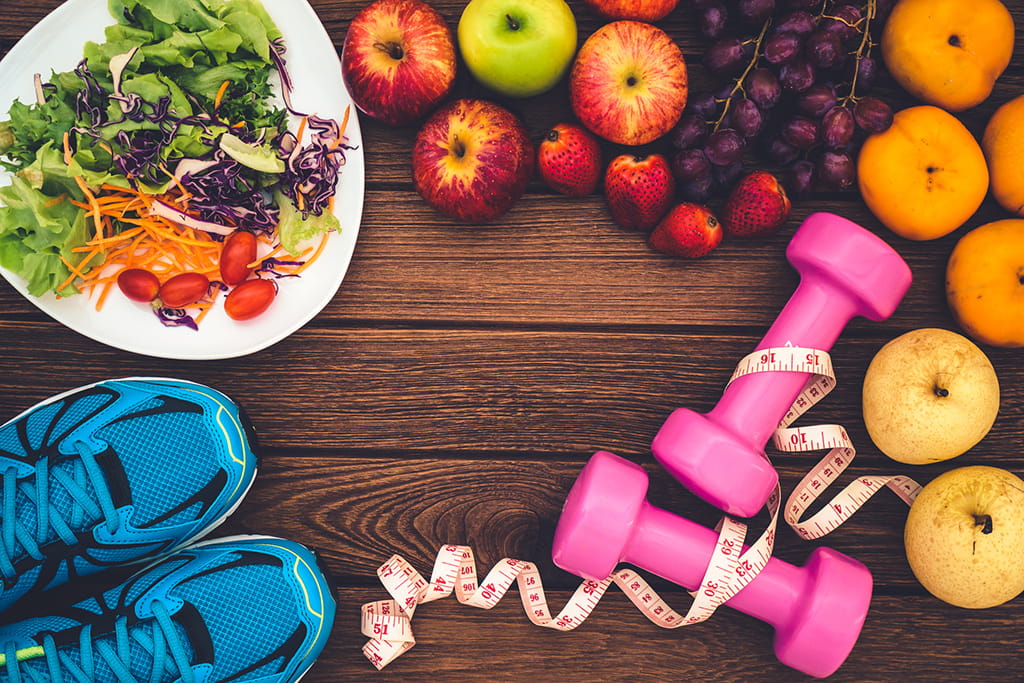
Following a 1 month diet plan for weight loss can be simple if you focus on small, steady actions. These steps help you build better habits and see real results.
1. Set Your Health and Weight Goals
Before you start, know what you want to achieve. Setting clear goals gives direction and keeps you motivated through the weight loss journey.
-
Decide how much weight you want to lose safely.
-
Focus on a healthy weight instead of rapid weight loss.
-
Make goals realistic so you can stick to them.
When goals are clear, it becomes easier to follow the diet plan and track progress.
2. Calculate Your Daily Calorie Intake
Knowing your calorie intake is key for fat loss. Eating too much leads to weight gain, while eating too little can harm your health.
-
Use simple tools or counting calories apps to track.
-
Balance calorie consumption with physical activity.
-
Avoid excess calories from sugary drinks or processed foods.
This step helps you lose weight effectively without cutting out foods you enjoy.
3. Plan Balanced Indian Meals
A balanced diet with healthy foods makes weight loss plans easier to follow. Indian meals can be filling and healthy when planned right.
-
Include whole grains like brown rice or whole wheat chapatis.
-
Add protein rich foods such as dal, paneer, or eggs.
-
Use healthy fats like olive oil in small amounts.
Balanced meals improve body weight control and support a healthy lifestyle.
4. Include Seasonal Fruits and Vegetables
Fresh fruits and vegetables are full of more fiber, vitamins, and minerals. They add variety and keep meals interesting.
-
Eat foods like boiled vegetables, spinach, and salads.
-
Fruits like papaya, apples, or sweet potatoes provide natural energy.
-
Seasonal options give better health benefits at lower cost.
Adding them daily helps reduce belly fat and body fat.
5. Manage Portions and Meal Timings
Portion control is a big difference maker in weight loss. Eating right amounts at the right time supports digestion and fat loss.
-
Use smaller portion sizes for meals.
-
Keep a regular daily routine for breakfast, lunch, and dinner.
-
Avoid skipping meals as it may lead to overeating later.
This helps prevent extra calories and makes the diet plan sustainable.
6. Control Spices, Oil, and Sugar
Too much oil, sugar, or salt can slow your progress. Indian meals can stay tasty even with lighter seasoning.
-
Limit deep fried foods and refined grains.
-
Replace white rice with brown rice or whole wheat.
-
Keep sugar low to manage blood sugar and blood pressure.
These changes help reduce health conditions like heart disease and cardiovascular disease.
7. Stay Hydrated with Water and Herbal Drinks
Drinking water is a simple habit that helps with fat loss and boosts metabolism. Herbal drinks can also improve digestion.
-
Have 8–10 glasses of water daily.
-
Try lemon juice or herbal tea instead of sugary drinks.
-
Buttermilk is a good quick lunch or evening drink.
Good hydration also helps you feel full and avoid extra calories.
8. Incorporate Physical Activity
Diet works best when combined with movement. Physical activity helps burn calories and improves your overall health.
-
Do regular physical activity like walking or yoga.
-
Add cardio exercises to increase fat loss.
-
Keep a daily routine of at least 30 minutes.
Exercise supports weight loss goals and improves lifestyle habits.
9. Track Progress Weekly
Checking your progress helps you stay on track. It also shows if you need changes in your diet plan.
-
Track weight, belly fat, and body fat weekly.
-
Write down meals and calorie intake in a diary.
-
Celebrate small wins to stay motivated.
Progress tracking keeps your weight loss journey steady.
10. Adjust the Plan Based on Your Results
Not every diet works the same for everyone. Adjusting the plan ensures you continue moving toward your goals.
-
If you don’t see results, check portion sizes and calorie consumption.
-
Seek advice from a registered dietitian if needed.
-
Make small food choices changes instead of starting over.
This makes the 1 month diet plan for weight loss flexible, sustainable, and safe.
Realistic Results: How Much Weight Can You Lose in 1 Month?
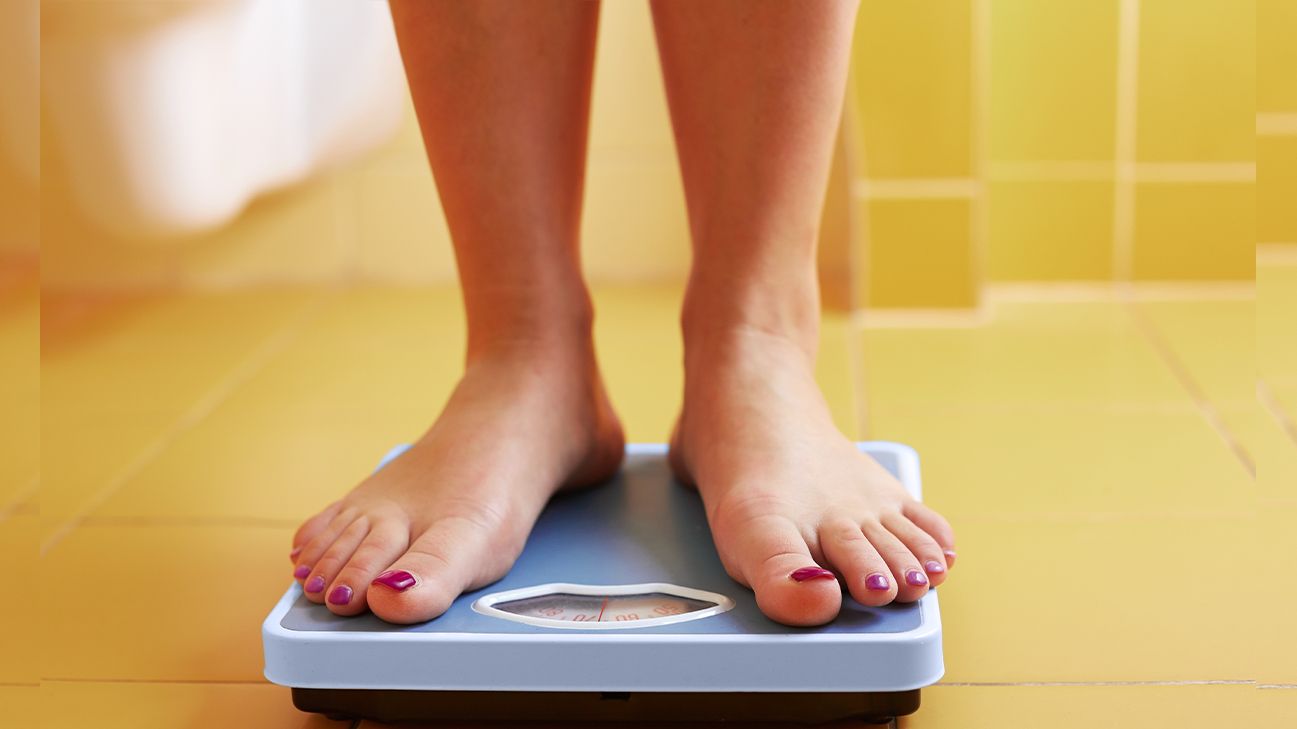
Weight loss results in 1 month depend on your calorie intake, diet plan, and physical activity. Most people can safely lose 2–4 kg in this time by following balanced diet choices and a steady daily routine.
-
Eat smaller bites and practice portion control to avoid extra calories.
-
Choose whole grains, protein rich foods, and healthy fats.
-
Add regular physical activity like walking or cardio exercises.
Safe weight loss is steady, not rapid. Focusing on healthy eating and lifestyle habits gives lasting results without harming your body weight.
5 Light Workouts That Perfectly Complement Your Diet Plan

A diet plan works better when paired with light workouts that burn calories and improve strength. These simple activities are easy to follow and fit into a daily routine.
1. Start with Light Cardio Exercises

Cardio exercises are the best way to burn calories without stressing the body. They also boost metabolism and support fat loss.
-
Walking at a steady pace for 20–30 minutes.
-
Light jogging or cycling for short distances.
-
Climbing stairs as part of your daily routine.
These activities help you lose weight effectively while keeping the workout light.
2. Include Bodyweight Strength Training

Strength training with your own body weight builds lean muscle and controls body fat. It also supports healthy weight by improving calorie consumption.
-
Push-ups, squats, and lunges.
-
Wall sits and planks for balance.
-
Simple chair dips at home.
Even 10–15 minutes a day makes a big difference in your weight loss journey.
3. Practice Flexibility and Stretching Routines

Stretching improves blood flow, lowers the chance of injury, and keeps the body flexible. It also supports a healthy lifestyle by relaxing muscles after meals or work.
-
Basic stretches for arms, legs, and back.
-
Neck rolls and shoulder stretches.
-
Light yoga stretches for posture.
Regular stretching helps reduce belly fat by supporting overall physical activity.
4. Try Low-Impact Activities like Yoga or Walking

Low-impact activities are safe for beginners and help with body weight control. They are easy to include in a balanced diet and daily routine.
-
Morning or evening walks.
-
Basic yoga poses like child’s pose or cat-cow stretch.
-
Slow cycling for fun and fitness.
These workouts are gentle but still help burn extra calories.
5. Add Core Strengthening Workouts

Core workouts improve balance and help reduce belly fat. They also make other physical activity easier and support long-term weight loss goals.
-
Crunches and leg raises.
-
Side planks for stability.
-
Simple seated twists to strengthen the waist.
By adding these, you can help you lose weight while also building a stronger body for daily life.
Pair your workouts with nourishing meals. Balance Bite shows you how to fuel your body the right way
5 Steps to Manage Health Conditions While Sticking to a Diet Plan
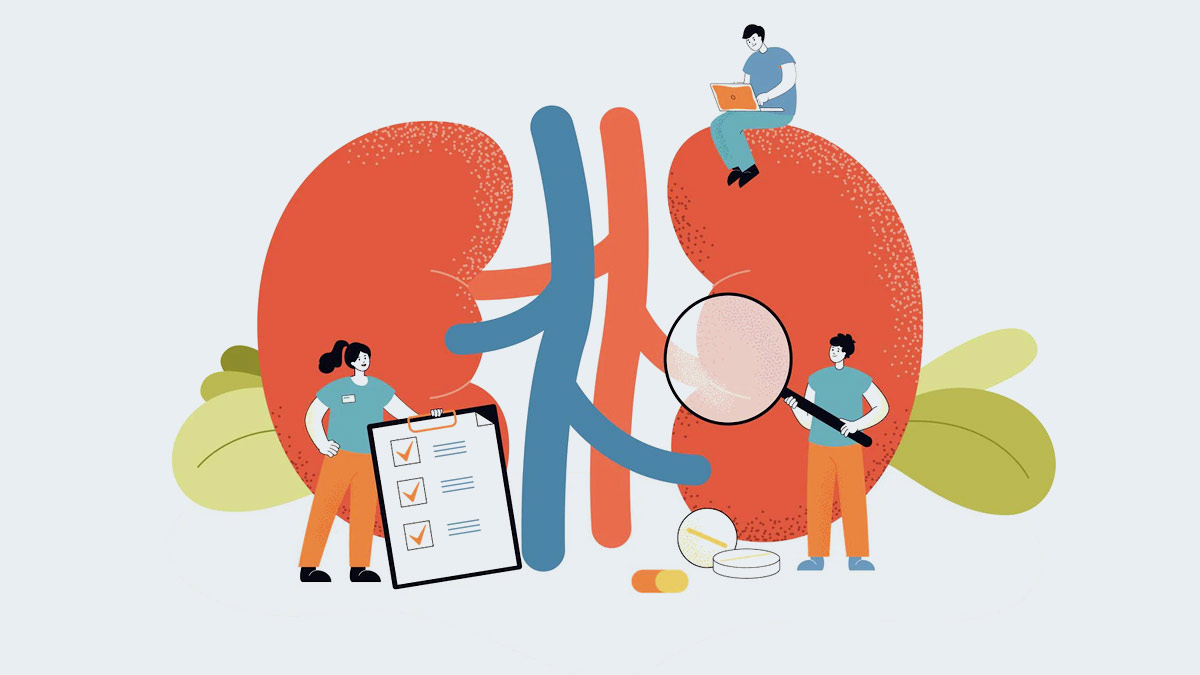
Managing health conditions while following a diet plan is possible with small, careful changes. These steps help you eat safely and support a healthy lifestyle.
1. Consult a Healthcare Professional

Before starting a diet plan, it is important to seek advice from a doctor or registered dietitian. They can guide you on safe food choices and portion sizes.
-
People with heart disease, diabetes, or high blood pressure need special care.
-
A professional can tell you how much weight to aim for.
-
They also help balance your meals with medicines if needed.
This step ensures your weight loss journey is safe and effective.
2. Personalize the Diet to Your Condition
Every health condition requires changes in the diet plan. Personalizing the meals makes the process safe and easy to follow.
-
For high blood pressure, lower salt and processed foods.
-
For blood sugar control, focus on whole grains and boiled vegetables.
-
For cardiovascular disease, replace fried items with healthy fats like olive oil.
Adjusting the diet makes a big difference in long-term health benefits.
3. Monitor Blood Markers Regularly
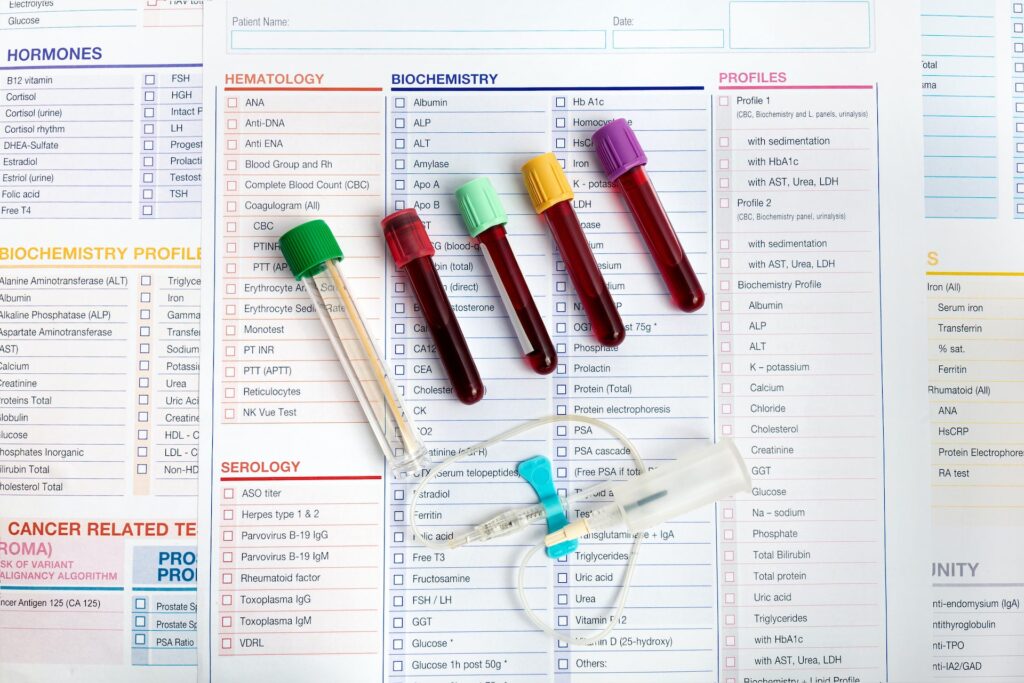
Tracking your health is just as important as following the diet plan. Regular checks show how your body is responding to the changes.
-
Check blood sugar and blood pressure at least once a week.
-
Monitor cholesterol and weight gain or loss every month.
-
Keep a record of calorie intake and calorie consumption.
This helps you know if the diet is improving your health conditions or if changes are needed.
4. Focus on Balanced Nutrition
A balanced diet supports fat loss and keeps the body strong. It prevents rapid weight loss, which can harm your health.
-
Add protein rich foods like lentils, paneer, or eggs.
-
Include whole grains, sweet potatoes, and more fiber.
-
Limit sugary drinks and refined grains.
Balanced meals provide steady energy, improve body fat control, and boost metabolism.
5. Adjust Foods and Portions as Needed
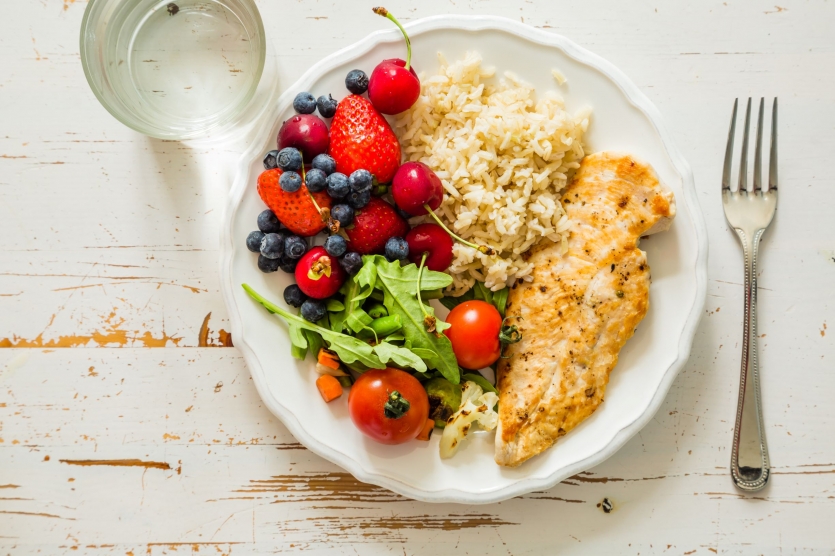
Sticking to one plan without changes may not work for everyone. Adjusting foods and portion control helps maintain progress.
-
Reduce extra calories by eating smaller bites.
-
Change portion sizes if you notice weight gain or no progress.
-
Add physical activity like walking or cardio exercises for better results.
Small adjustments make the diet plan flexible and help you lose weight effectively while supporting your health conditions.
Conclusion
Now that you’ve come this far, it’s clear you’re serious about making a change. Building new habits takes courage, but every small step adds up to a bigger win over time.
Don’t wait for the “perfect” moment — start with what you can do today. Stay consistent, listen to your body, and remember that progress is built day by day. Your journey is yours to shape, and the best results come when you believe in the process and keep moving forward.
Start small, stay consistent, and if you need fresh food ideas, Balance Bite is here to guide your healthy choices.




















Leave a comment
Translation missing: en.blogs.comments.discription